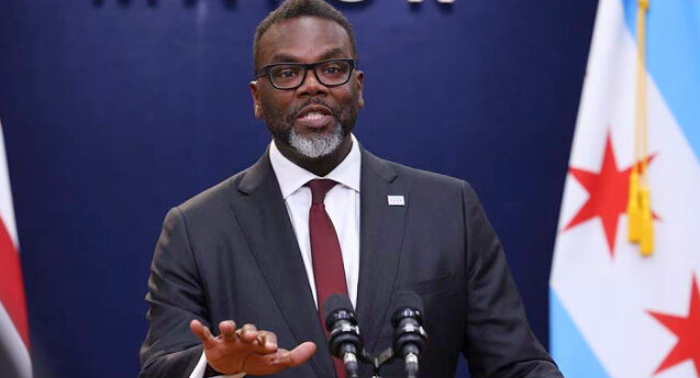Abbey Onn is grappling with a deep personal tragedy after the loss of her aunt and young cousin during a violent incident in Kibbutz Nir Oz on October 7, orchestrated by Hamas militants. Her anxiety is further heightened by the uncertain fate of three other relatives, Ofer Kalderon and his two children, Sahar, 16, and Erez, 12, who were taken hostage during the same event. As Israel intensifies its military actions in Gaza City with the aim of dismantling Hamas’ stronghold in the region, Onn’s primary concern is for her family members caught in the turmoil.
Onn’s plea is for global awareness of the dire situation of the hostages, emphasizing the broader impact of their captivity on countless families. The growing anxiety among relatives and friends of approximately 240 hostages held by Hamas is compounded by the fear that their plight may be overlooked amidst the strategic objectives of the Israeli military campaign. A recent video release by Hamas showing the first hostage to have perished in captivity has only heightened these concerns.
The escalating conflict, marked by intense ground confrontations and widespread destruction in northern Gaza, raises critical questions about the feasibility of safely rescuing the hostages. Israeli Prime Minister Benjamin Netanyahu has articulated the dual objectives of the military operation: to neutralize Hamas as a threat to Israel and to secure the release of the hostages.
Contrastingly, Hamas seems to be using the hostages as strategic assets, both as human shields and bargaining chips, according to Justin Crump, a former British Army officer and head of the strategic advisory firm Sibylline. Crump underscores the complexity of any rescue mission, given the likelihood of the captives being hidden in secret, possibly subterranean locations, posing significant risks to Israeli forces.
Nomi Bar-Yaacov, an associate fellow at Chatham House, suggests that Israel’s assertion of having weakened Hamas’ grip on Gaza could open the door to negotiations for the hostages’ release. She views this as a potential turning point in the conflict.
Israeli military spokesperson, Lt. Col. Richard Hecht, asserts that the military actions are crucial for pressuring Hamas into releasing the hostages. Netanyahu, addressing potential risks to the captives during the operations, assures that Israel is acutely aware of these concerns.
Oliver McTernan, an expert in hostage negotiation, highlights the urgency of achieving a ceasefire to ensure the safe return of the captives, a view not entirely aligned with Israel’s stance on the matter.
The human dimension of this crisis is poignantly illustrated by the story of Eilon Keshet, whose cousin’s family, including a young infant, is among the hostages. Keshet expresses his fear for their safety amid the violence but acknowledges the necessity of action for their return.
In a show of solidarity and urgency, families of the hostages embarked on a five-day march from Tel Aviv to Jerusalem, beginning with a tribute to 19-year-old Noa Marciano, whose death was recently confirmed. Meanwhile, Israel has dismissed Hamas’ claims about casualties among the hostages as psychological tactics.
Adding to the outcry, Rachel Goldberg, whose son was abducted during a music festival, made an impassioned plea at a demonstration, urging global intervention. She stressed the diversity of the hostages, representing various nationalities and faiths, and the universal need for their liberation.
The crisis, though fraught with despair, also carries a glimmer of hope for peace and the eventual rescue of those held captive. Onn expresses a sentiment shared by many, desiring peace for all affected by the conflict and prioritizing the safe return of their loved ones.




